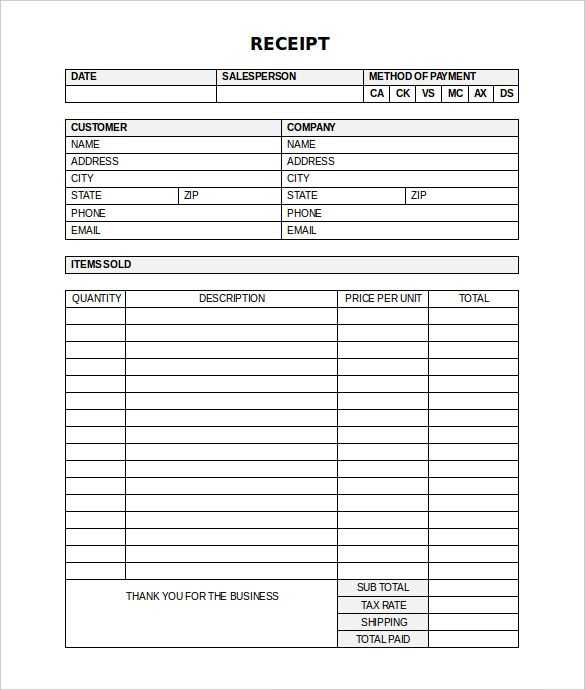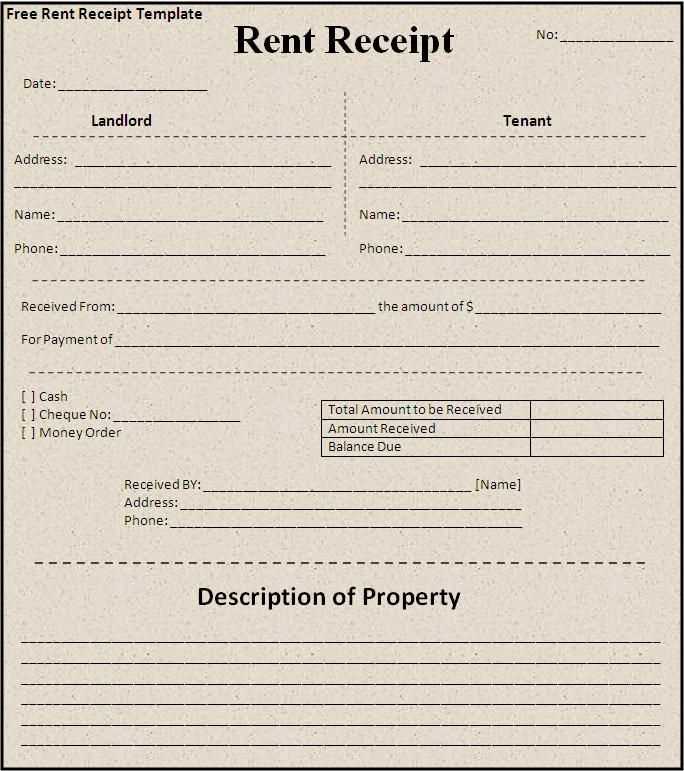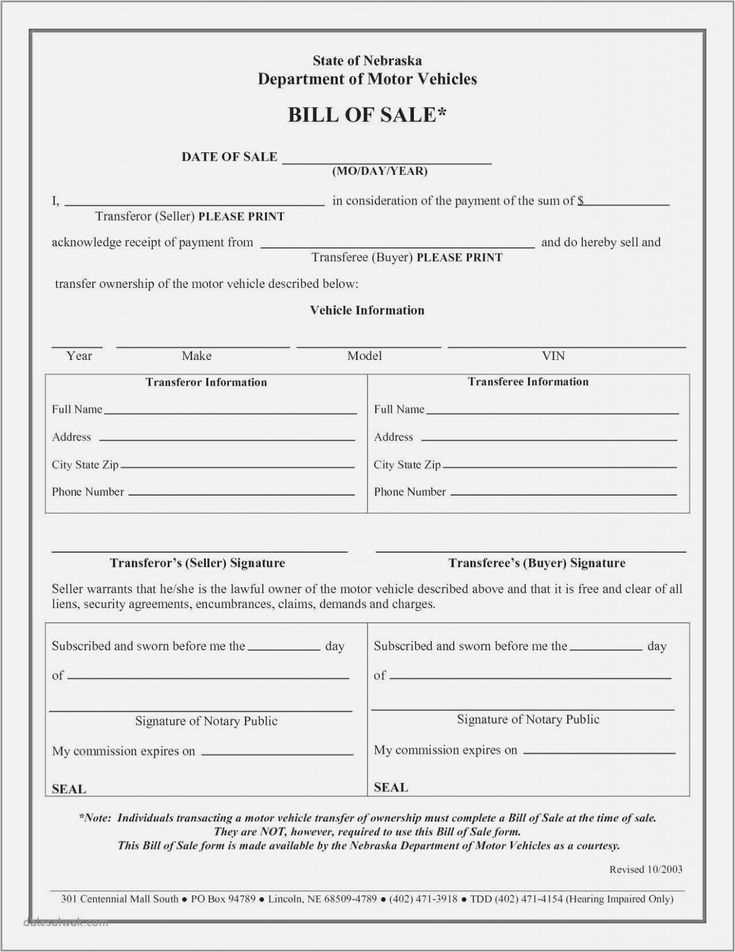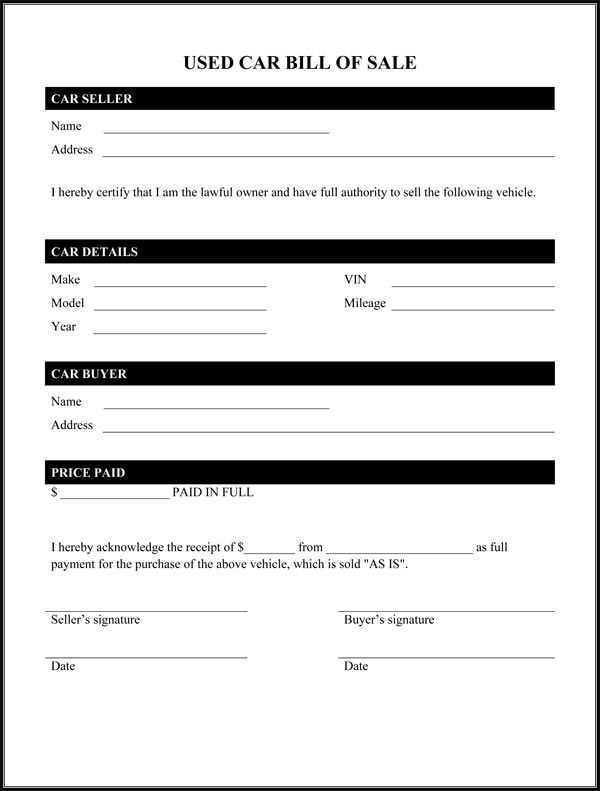
Bill Receipt TemplateAnswer in chat instead
Bill of Receipt Template
Key Elements to Include in the Document
How to Format It for Clarity
Legal Considerations When Drafting the Bill
Printable and Digital Versions: Pros and Cons
Customization Options for Various Business Needs
Common Mistakes to Avoid
Include clear identification details. List the names and contact information of both parties. Specify the date of the transaction and a unique receipt number for reference.
Describe the goods or services. Provide an itemized list with descriptions, quantities, unit prices, and total costs. If applicable, include serial numbers or other identifying details.

Specify payment terms. Indicate the payment method used, whether cash, card, bank transfer, or check. Mention any outstanding balance if partial payment was made.

Use a structured layout. Align sections clearly and separate key details with spacing. Tables can help organize itemized lists, ensuring readability.
Ensure legal compliance. Include any tax details required by local regulations. If necessary, add a disclaimer about returns, warranties, or liability.

Decide on a format. A printable PDF ensures consistency, while a digital version in an editable format allows quick updates and electronic signatures.

Customize for business needs. Add a company logo, branding elements, or additional fields for internal tracking. Tailor templates based on industry-specific requirements.
Avoid common errors. Double-check for missing information, calculation mistakes, and formatting inconsistencies. Ensure that legal terms are accurate and clearly stated.


